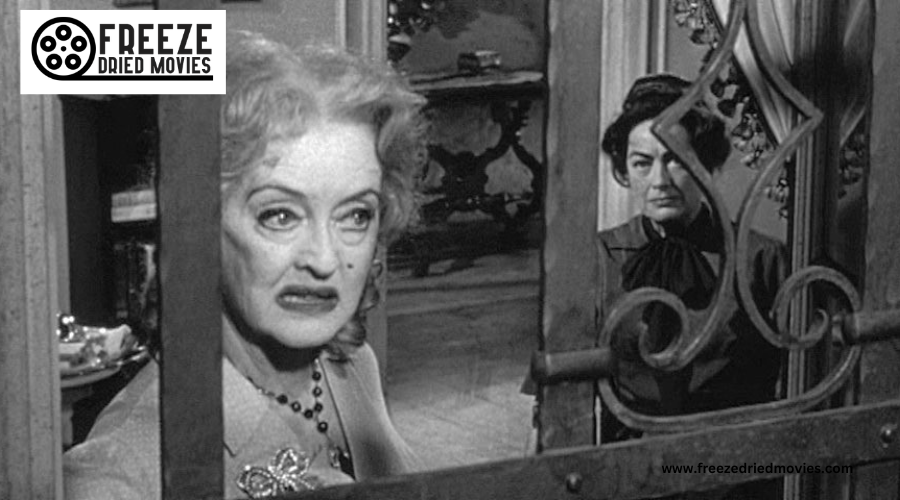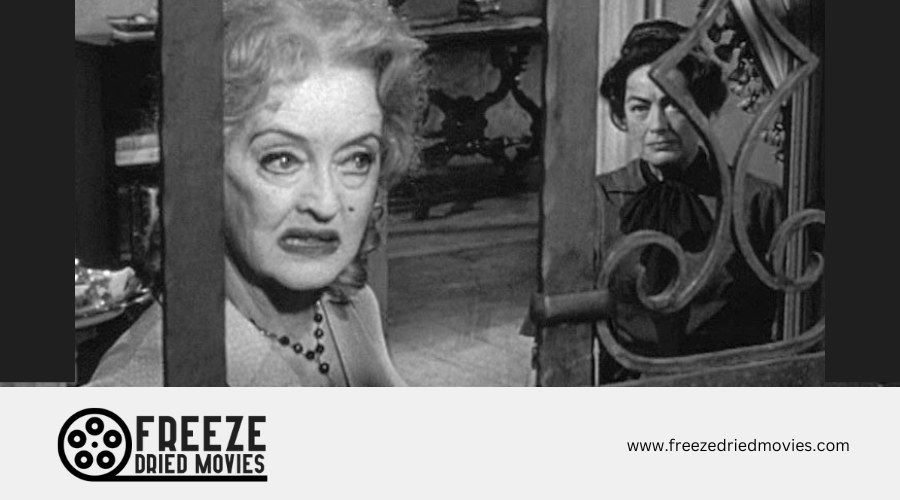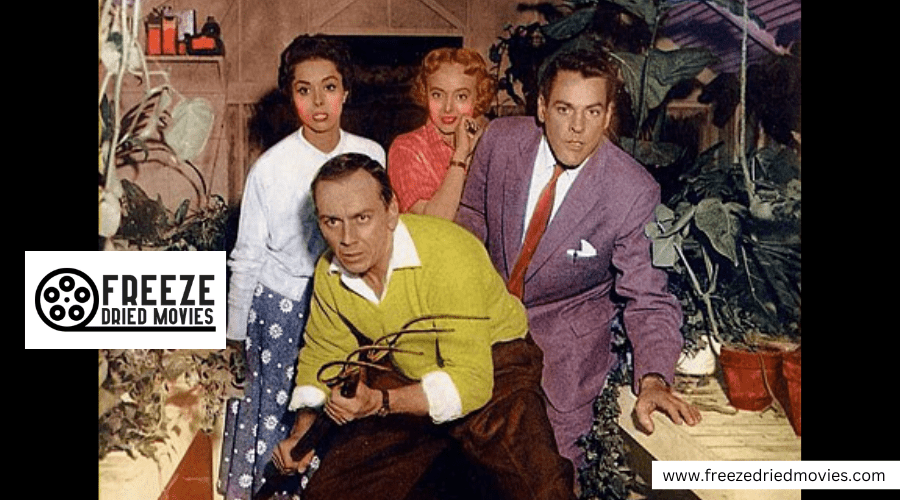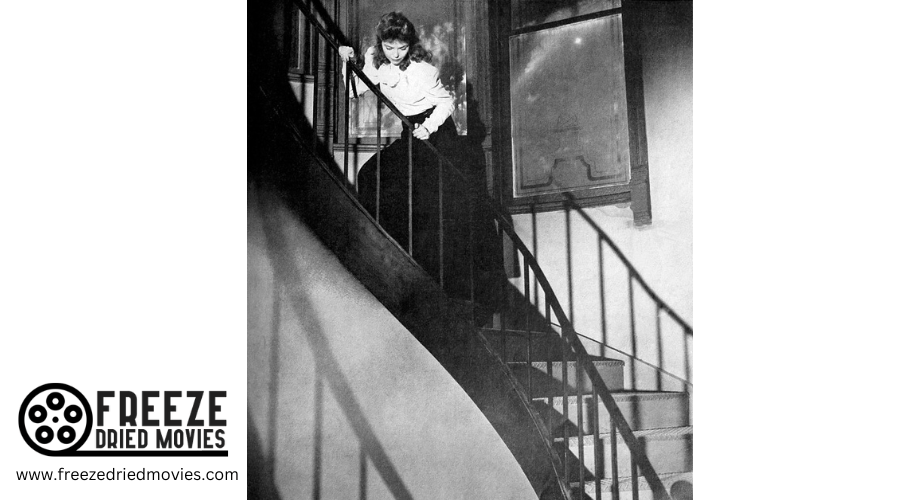Hammer Horror in the 1960s: Gothic Terror in Technicolor
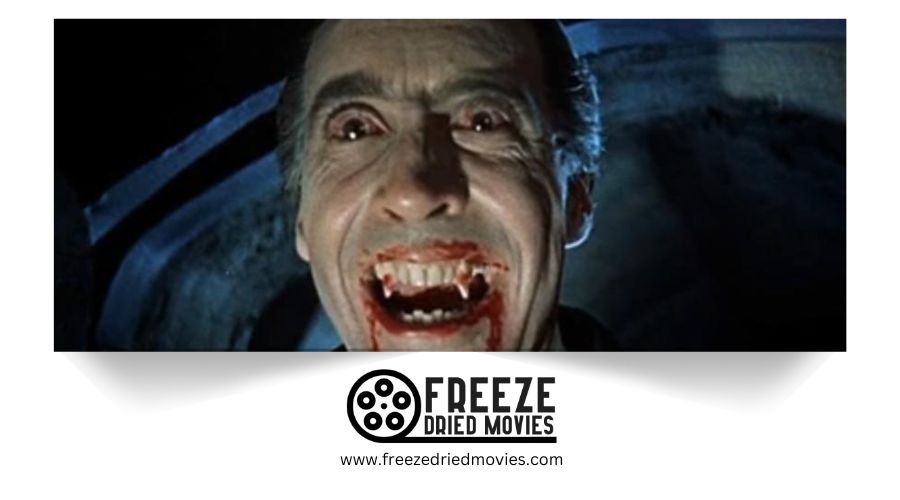
You'll find that Hammer Films investigated horror cinema in the 1960s by bringing Gothic terror to life in vivid Technicolor. Through their innovative use of Eastmancolor film stock and bold color palettes, they created a distinctive visual style that became their trademark. At Bray Studios, legendary actors Peter Cushing and Christopher Lee starred in reimagined classic monster tales, while directors like Terence Fisher crafted unforgettable atmospheric nightmares. The deeper you delve into Hammer's world, the more secrets you'll uncover.

Still of John Gilling
The Rise of Eastmancolor in British Horror Cinema
Three major factors converged when Hammer Films adopted Eastmancolor in the 1950s, revolutionizing British horror cinema. First, you'll notice that Eastmancolor's affordability allowed Hammer to produce more films while maintaining high production values.
Second, the film stock's increased light sensitivity gave directors remarkable control over atmospheric lighting, enhancing the Gothic aesthetics that would become Hammer's trademark.
The switch from Technicolor proved influential for Hammer's visual style. You can see this evolution in films like Dracula: Prince of Darkness, where directors like Terence Fisher and John Gilling experimented with expressive color schemes to amplify horror elements. The technology's creative possibilities helped establish Hammer's distinctive look, forever changing how audiences experienced British horror.
This technological shift didn't just impact Hammer's aesthetics - it reshaped the entire field of national cinema.
Peter Cushing and Christopher Lee became the defining faces of this new era in British horror, their legendary performances elevated by the rich visual possibilities of color film.
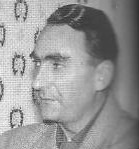
Hammer's Signature Color Palette and Visual Style
While many studios of the era favored understated color schemes, Hammer Films boldly adopted a distinctive palette that would define British horror cinema throughout the 1960s. You'll find their Gothic horror productions awash in vibrant greens, yellows, reds, and purples, creating an otherworldly atmosphere that set them apart from their contemporaries.
At Bray Studios, Hammer Film Productions' skilled color cinematography wasn't just for show. Their production design strategically deployed these hues to heighten emotional impact, with yellow suggesting deception and red marking moments of violence. Under the guidance of talented cinematographers like Jack Asher, Technicolor became a powerful storytelling tool. The studio's almost operatic use of color transformed their films into vivid spectacles that pushed beyond the naturalistic tendencies of British cinema at the time. Following the groundbreaking dye transfer printing innovations of the 1930s, Hammer's horror films maintained the precision and consistency that had become synonymous with Technicolor productions.
From Bray Studios to Box Office Success
After settling into Bray Studios in 1951, Hammer Films converted a modest riverside manor into a powerhouse of horror cinema. At this iconic British location, you'd find the studio churning out their signature Gothic chillers with exceptional efficiency and financial restraint.
Under the roof of Bray Studios, Hammer horror films achieved unprecedented international success through strategic partnerships with American distributors. You'll recognize the studio's reimagining of classic monsters, as Terence Fisher directed unforgettable versions of Dracula and Frankenstein that enthralled audiences worldwide.
The combination of vivid Technicolor, talented actors like Peter Cushing and Christopher Lee, and cost-effective production methods transformed Hammer productions into a global phenomenon. The studio's ability to deliver high-quality films on a consistent monthly schedule made them the undisputed kings of horror throughout the 1950s and 1960s. Much like Warner Brothers' success during the Great Depression, Hammer's vertical integration strategy helped maximize box office revenues while keeping production costs manageable.
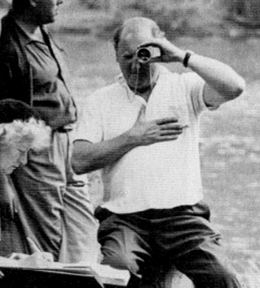
The Creative Forces Behind Hammer's Golden Age
During Hammer's golden age in the 1960s, an extraordinary team of creative talents shaped the studio's distinctive horror brand. One key player was screenwriter John Gilling, who made significant contributions with classics like The Gorgon and The Plague of the Zombies.
The British production company thrived under director Terence Fisher's steady hand, as he produced many of their most memorable gothic tales.
You'll find that Hammer made its mark through the unforgettable pairing of Lee and Cushing, whose performances as Dracula and Van Helsing became legendary. Behind the scenes, set designers, including Bernard Robinson, crafted sumptuous gothic environments that maximized the impact of Technicolor cinematography.
The studio's efficient production methods guaranteed a steady stream of high-quality horror films that continue to mesmerize audiences today.
Exploring Gothic Horror Through Color Psychology
The striking use of color in Hammer's horror films marked a bold departure from the black-and-white Gothic traditions that came before. Through skillful Technicolor cinematography, you'll witness how these low-budget productions created an unforgettable Gothic atmosphere that revolutionized horror cinema.
The studio's understanding of color psychology elevated their storytelling through:
- Contrasting warm and cool tones to highlight the duality between good and evil
- Strategic use of yellows to signal deception and untrustworthiness
- Deep shadowy blues and rich blacks to amplify supernatural dread
You'll notice how Hammer Horror's signature style relies on the interplay between ominous purples and menacing greens against fiery reds and oranges. This calculated approach to color transformed simple sets into immersive environments that continue to influence filmmakers today.
Cultural Impact and Critical Reception
Initially dismissed by critics as sensationalist entertainment, Hammer Horror films underwent a notable change in public perception during the 1970s. You'll find that what critics once derided as excessive in their use of colour and Gothic imagery later became recognized as one of the best contributions to British Cinema.
The series of films that Hammer has produced revolutionized the horror genre by reimagining classic horror monsters through a bold new perspective. While early reviewers focused on the supposed exploitation elements, you can now see how these films captured the cultural zeitgeist of their era. The studio's influence extends far beyond its time, inspiring new horror films for decades to come. Their artistic approach to Gothic horror, once considered scandalous, is now celebrated for elevating the genre through adept storytelling and visual innovation.

Notable Films and Their Color Aesthetics
Color aesthetics played a pivotal role in defining Hammer Horror's signature style throughout the 1960s. When you watch Christopher Lee and Peter Cushing in The Curse of Frankenstein, you'll notice how Technicolor revolutionized horror cinema with its bold reds and deep shadows.
This visual style continued with Dracula, where the stark contrast between Lee's cape and his victims' pale skin created unforgettable imagery.
Three standout color achievements that'll send shivers down your spine:
- The Hound of the Baskervilles' muted Victorian palette
- The Plague of the Zombies' sickly Eastmancolor greens and blues
- The Reptile's striking yellows against lush Cornish landscapes
Each film demonstrates how Hammer expertly used color to heighten supernatural dread, crafting a unique visual identity that continues to influence horror filmmaking today.
Legacy and Influence on Modern Horror Cinema
Five decades after their heyday, Hammer Horror films continue shaping modern cinema's visual language and storytelling conventions. From the Dracula films starring Christopher Lee in the role to The Brides of Dracula, the studio's bold use of color and gothic atmosphere has influenced countless horror films made since. You'll find Hammer's legacy in everything from 1985's Fright Night to Guillermo del Toro's contemporary works.
The horror films Hammer produced weren't just commonly associated with visual flair - they pushed boundaries in depicting sexuality and violence, helping modernize the genre. While their box office success varied, their impact on horror filmmaking remains undeniable. Today's directors continue drawing inspiration from Hammer's films, particularly their emphasis on creating richly atmospheric experiences that prioritize style and visual storytelling.

